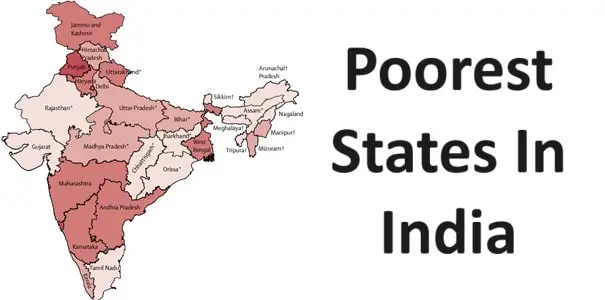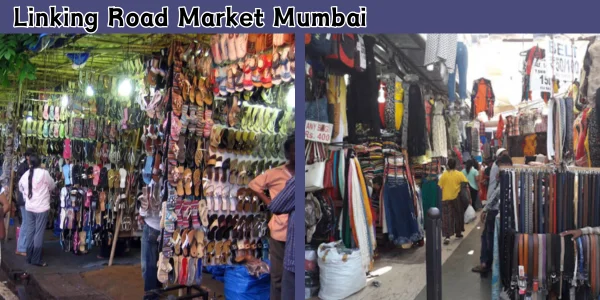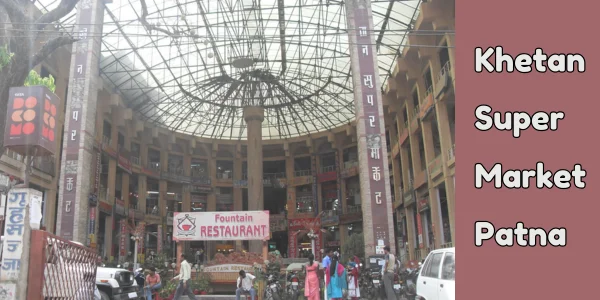In 2024, India’s march to stand as an economic powerhouse will continue, but the path is very uneven, with some regions going far behind. This introspective view in the country’s poorest states desires to focus on areas where the glow of prosperity might be dim, needing focused intervention and prolonged efforts. In dealing with the central issues that these states are grappling with, such as high poverty levels, outmoded economic regimes, and the problems of modernization, we have to evaluate the nature of the multifaceted problems presented by economic stagnation. This post is meant, therefore, to establish not the gap but really to nurture a discourse on how these divides shall come together so that a common journey of progress, step after step, lights every corner of this big, vibrant country. Therefore, the topic we pursued is to be discussed further.

1. Bihar
Among the Indian states, Bihar is still poorer 51.91% of people had a headcount ratio of MPI (Multidimensional Poverty Index) greater than or equal to 0.5, trapping them in multidimensional poverty. Such an appalling rate of poverty has resulted from multiplicity forces originating from deep-rooted institutional challenges, widespread illiteracy, and inefficient agriculture practices, and such issues are serious obstacles that are structurally entrenched and systemic to any serious development efforts or efforts that would bring about change in the state. This answers foundational issues to Bihar in nurturing sustainable development, hence improving the quality of life of her people.
- Read this also: Top 5 Richest States of India
2. Jharkhand
Jharkhand is the second poorest state in India, having an MPI of 42.16%. The state has always been underlined and accentuated with poverty by its lower literacy rates, poor education enrollment, high child mortality, and poor nutrition among children. The other protracted educational and health challenges of the state, still part of Bihar until 2000, serve to perpetuate high levels of poverty in Jharkhand. It is only necessary that focused intervention be introduced in the education and health sectors, together with other areas that may enhance the quality of life and hence reduce poverty among its citizens.
3. Uttar Pradesh
Uttar Pradesh has an MPI (Multidimensional Poverty Index) value of 37.79% and is the third-poorest state in India, just behind Jharkhand. Such a high value of MPI in Uttar Pradesh implies a large part of its population experiencing multidimensional poverty, covering many factors like health, education, and living standards. There has been considerable progress, with a large share of the population moving out of poverty, especially in recent years—from effects such as improvements in sanitation, nutrition, and access to basic services, among others. However, despite many breakthroughs, most of the population in Uttar Pradesh still lives under very challenging conditions.
4. Madhya Pradesh
Madhya Pradesh with an MPI of 36.65%, is distinguished by its significant tribal population, it is among the states with a conspicuous tribal population that experiences poverty at more acute levels compared to other communities living within the state. The rural poor, especially tribal communities, have a great dependence on the forest resource base. This emphasizes the need for strategies to make developments self-sustainable. These would include interventionist policies directed toward the peculiar needs of these communities through increased access to essential services and economic opportunities, thereby contributing to poverty reduction in the region.
5. Meghalaya
Meghalaya has a much higher level of poverty, which is at an MPI of 32.67%, and therefore it is considered the fifth poorest state in India. Major challenges in Meghalaya generally include extreme malnutrition, unhealthy facilities, and educational facilities. A significant percentage of the population also lacks basic needs, including clean cooking fuel and electricity. These, combined with the multidimensional aspects of poverty in Meghalaya, require that the different dimensions be addressed through comprehensive efforts targeting improved health, education, and living conditions to raise the standard of living of the population.
Conclusion
In 2024, India still faces some huge economic disparities, whereby some regions are left behind. Bihar, Jharkhand, Uttar Pradesh, Madhya Pradesh, and Meghalaya emerge as the areas of India most infested with multifaceted poverty, showing the immediacy of targeted interventions and sustained efforts towards the upliftment of marginalized communities. Inclusive growth and equitable development of all are sure to steer the rising tide of India’s prosperity.

